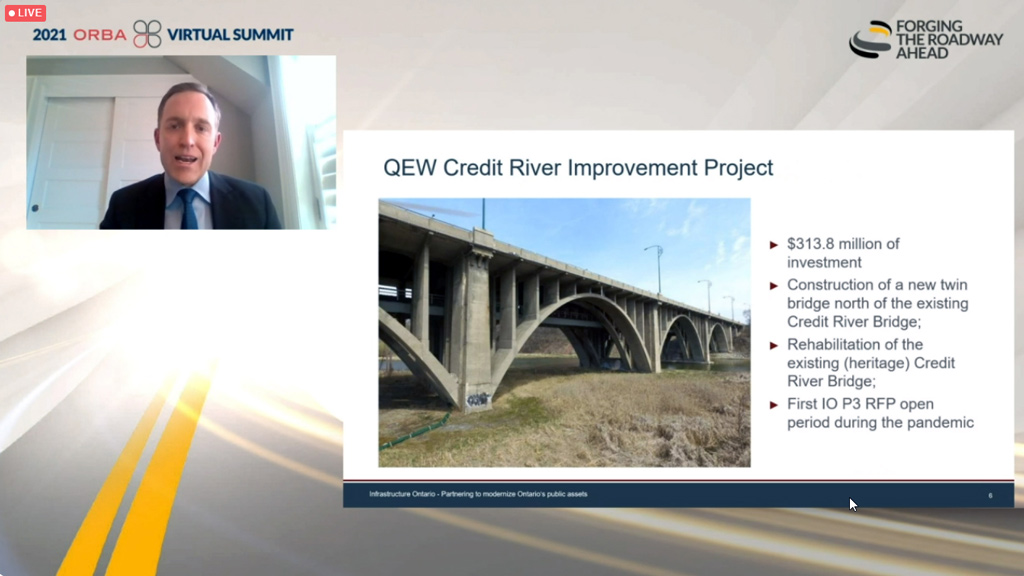Allandale25
Senior Member
This could go in several different threads, but since the GO OnCorr contract is the biggest (compared to the OL. SSE,. YNSE, Eg W LRT, and Hamilton LRT):

 canada.constructconnect.com
canada.constructconnect.com

Metrolinx, IO share changes to contracts and delivery coming down the pipeline - constructconnect.com - Daily Commercial News
The way projects are procured and delivered in Ontario is shifting. Phil Verster, president and CEO of Metrolinx, and Michael Lindsay, president and CEO of Infrastructure Ontario, both provided separate updates at the Ontario Road Builders’ Association’s




